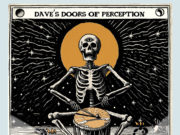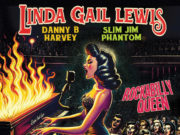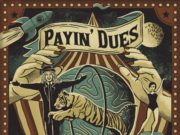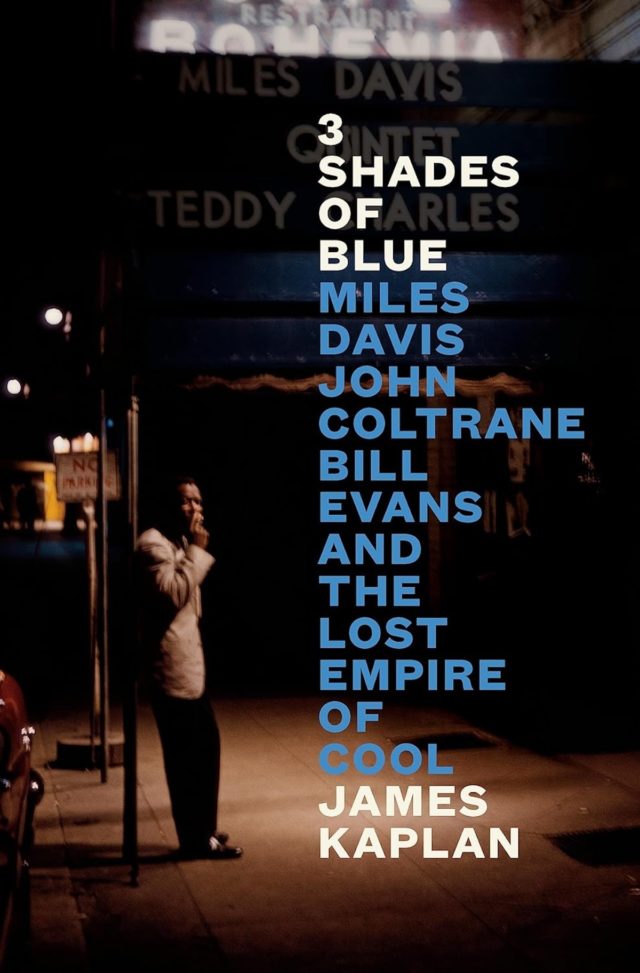Miles, John and Bill play it cool, 2 Tone returns in black and white, The Boss is living large and more — check out all the new additions to your reading list:
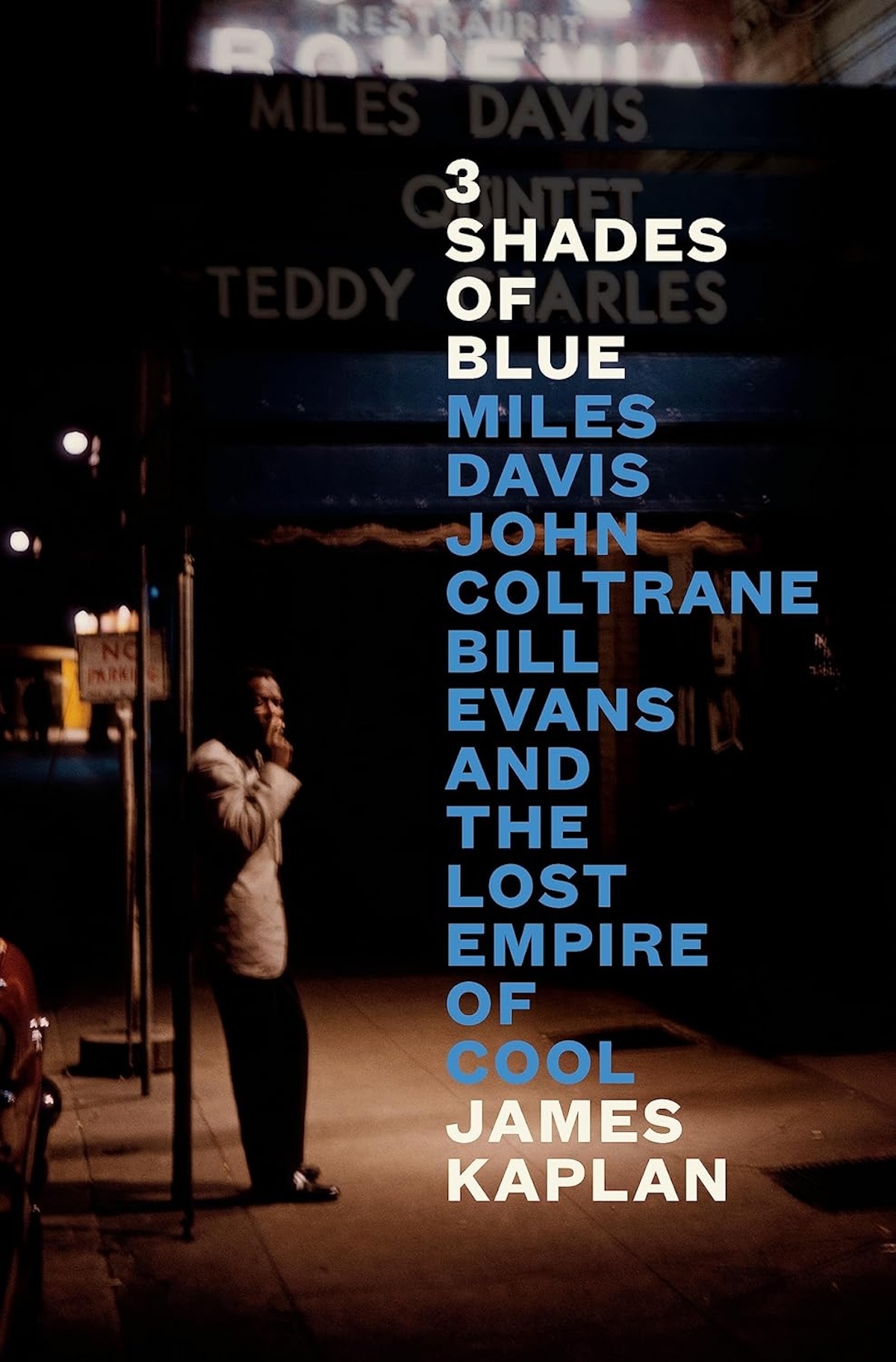 3 Shades of Blue: Miles Davis, John Coltrane, Bill Evans & The Lost Empire of Cool
3 Shades of Blue: Miles Davis, John Coltrane, Bill Evans & The Lost Empire of Cool
By James Kaplan
THE EDITED PRESS RELEASE: “1959 saw Miles Davis, John Coltrane, Bill Evans and the other members of Miles’ sextet come together to record the seminal jazz album of all time, Kind of Blue. 3 Shades of Blue is a magnificent, blended biography on the meandering paths which led Miles, Coltrane and Evans to the mountaintop of 1959 and the aftermath. It’s a book about music, business, race, addiction and the cities that gave jazz its home; from New York and L.A. to Philadelphia, Chicago, and Kansas City. Kaplan meditates on creativity and the great forebears of this golden age who would take the music down strange new paths. Above all, this is a book about three very different men — their struggles, their choices, their tragedies, their greatness. The tapestry of their lives is, in Kaplan’s hands, an American odyssey, with no direction home.”
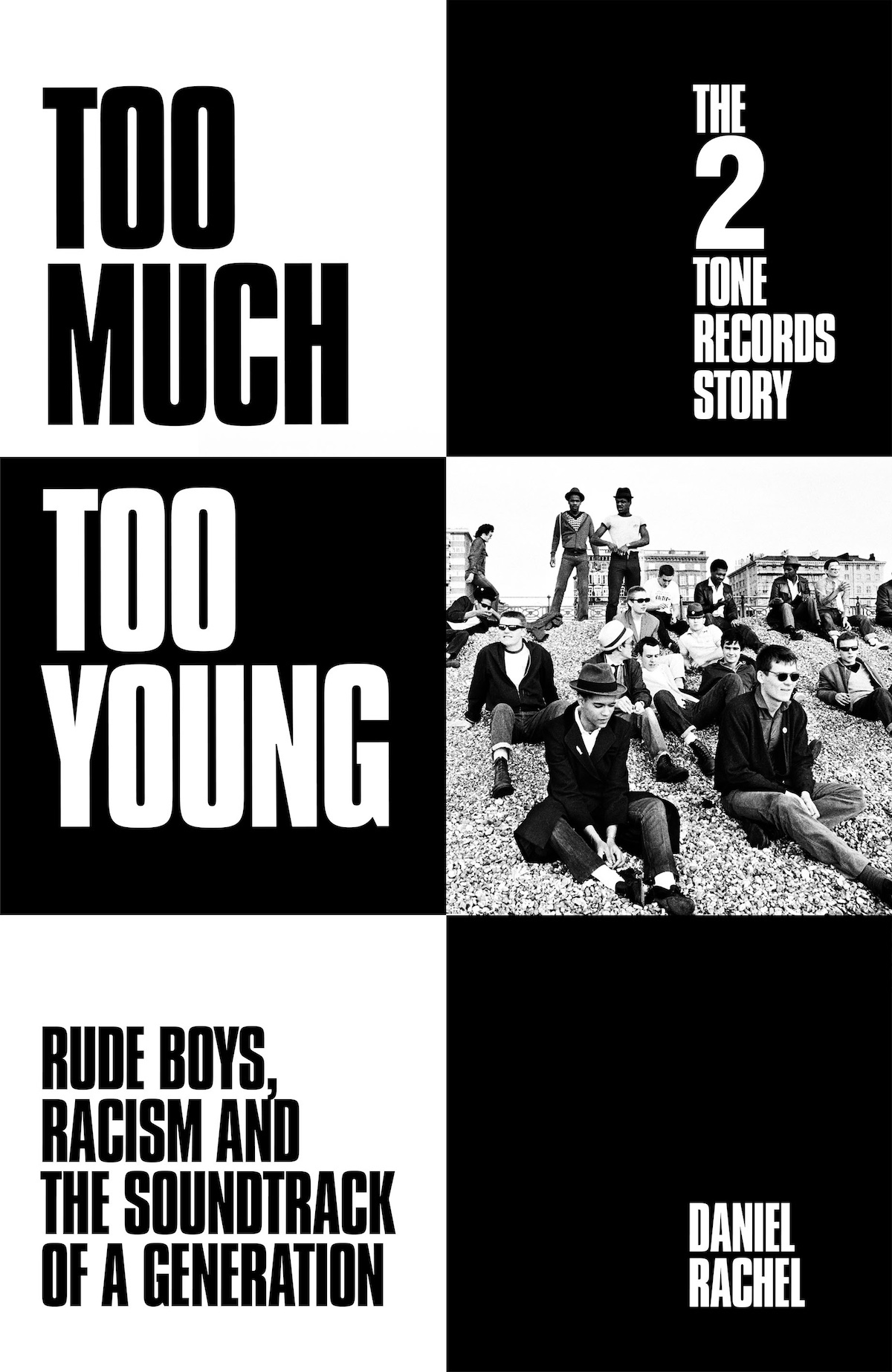 Too Much Too Young: The 2 Tone Records Story: Rude Boys, Racism and the Soundtrack of a Generation
Too Much Too Young: The 2 Tone Records Story: Rude Boys, Racism and the Soundtrack of a Generation
By Daniel Rachel
THE EDITED PRESS RELEASE: “In 1979, 2 Tone exploded into the national consciousness as records by The Specials, The Selecter, Madness, The English Beat and The Bodysnatchers burst onto the charts and a youth movement was born. 2 Tone was black and white: A multi-racial force of British and Caribbean island musicians singing about social issues, racism, class and gender struggles. It spoke of injustices in society and took fight against right wing extremism. The music of 2 Tone was exuberant: White youth learning to dance to the infectious rhythm of ska and reggae; and crossed with a punk attitude to create an original hybrid. The idea of 2 Tone was born in Coventry, masterminded by a middle-class art student raised in the church. Jerry Dammers had a vision of an English Motown. Borrowing £700, the label’s first record featured Gangsters by The Specials, backed by an instrumental track from the, as yet, unformed, Selecter. Within two months the single was at No. 6 in the national charts. Dammers signed Madness, the Beat and Bodysnatchers as a glut of successive hits propelled 2 Tone to Top of the Pops and into the hearts and minds of a generation. However, soon infighting amongst the bands and the pressures of running a label caused 2 Tone to bow to an inevitable weight of expectation and recrimination. Still under the auspices of Dammers, 2 Tone entered in a new phase. Perhaps not as commercially successful as its 1979-1981 incarnation the label nevertheless continued to thrive for a further four years releasing a string of fresh signings and a stunning end-piece finale in (Free) Nelson Mandela. Told in three parts, Too Much Too Young is the definitive story of a label that for a brief, bright burning moment, shaped British culture.”
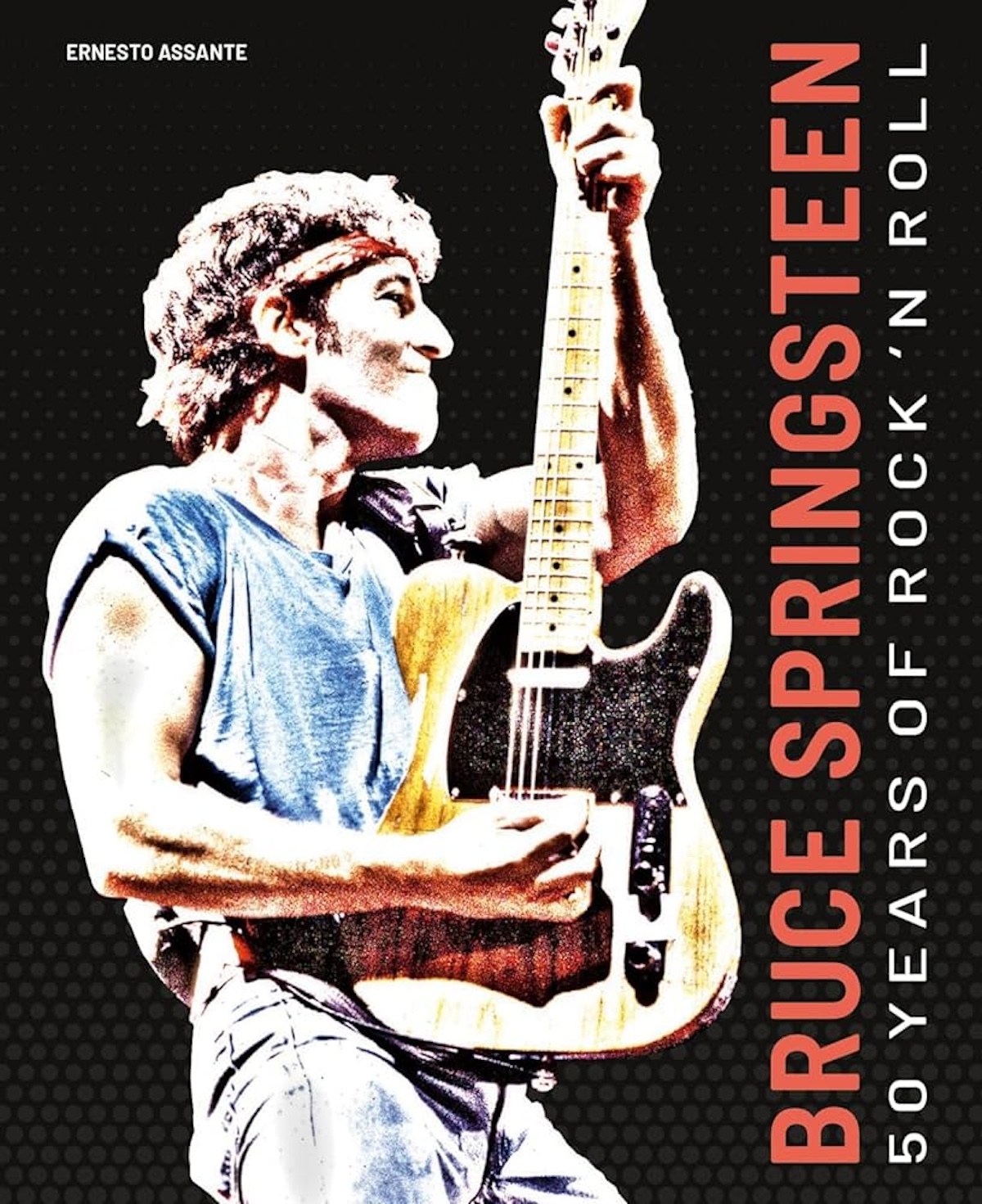 Bruce Springsteen: 50 Years of Rock ‘N’ Roll
Bruce Springsteen: 50 Years of Rock ‘N’ Roll
By Ernesto Assante
THE EDITED PRESS RELEASE: “From podcasts with former U.S. President Barack Obama to record-smashing sales deals, Bruce Springsteen is just as much The Boss now as he was decades ago. He turned out over 10 No. 1 hits and more than 120 million CDs sold, one of the highest in rock history. Follow him through five chronological chapters that highlight both his greatest milestones and lesser-known struggles — as he introduces the world to heartland rock songs about working-class America, loses success in the 1990s, and returns with a vengeance to ring in the new millennium while lending his support to a dividing political landscape in new age America.”
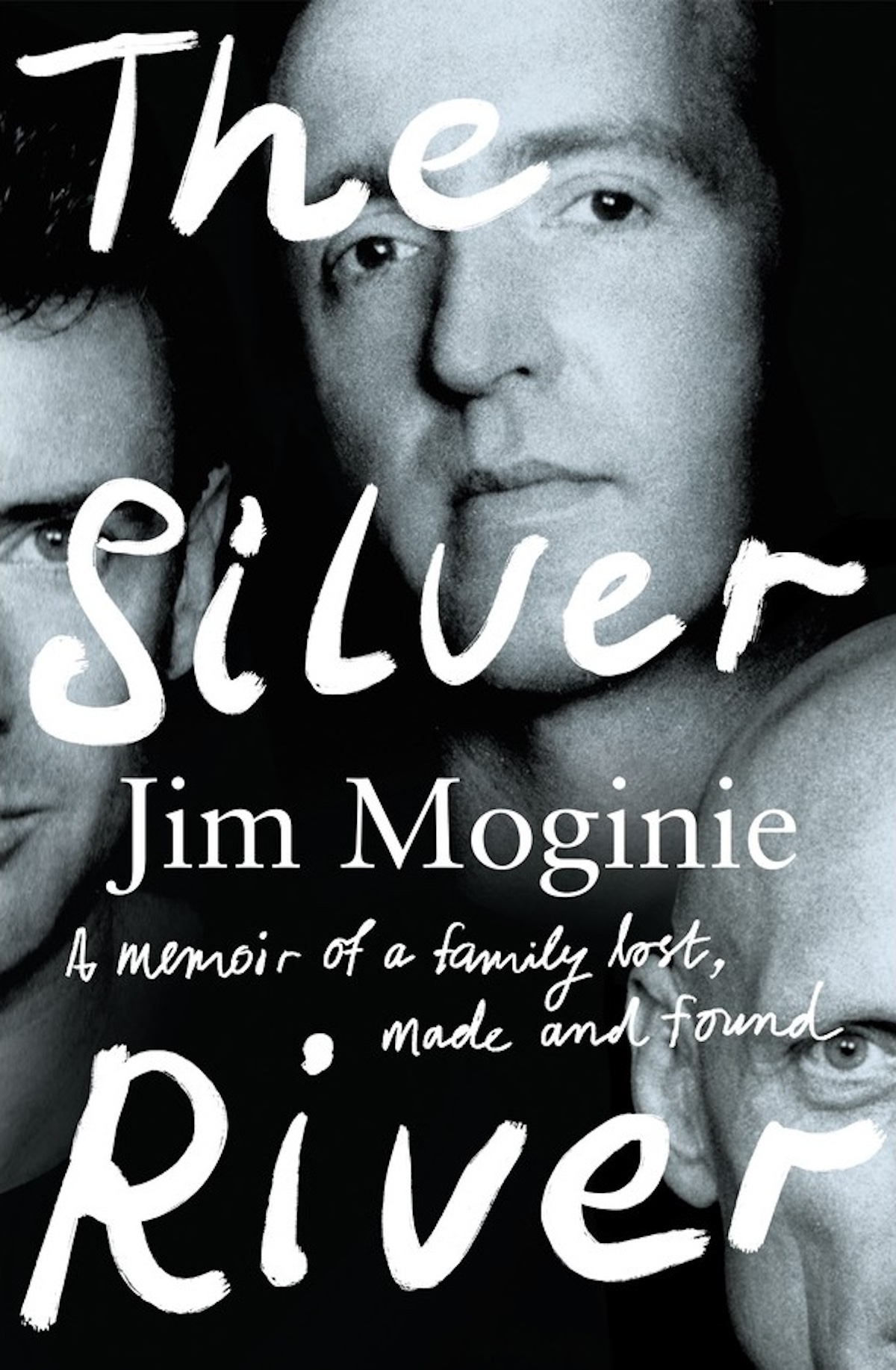 The Silver River
The Silver River
By Jim Moginie
THE EDITED PRESS RELEASE: “A moving and inspiring memoir of families lost and rediscovered, by a founding member of legendary band Midnight Oil. For 50 years, songwriter, guitarist and keyboard player Jim Moginie was a driving force behind one of Australia’s most iconic rock bands. As they made their way through the nascent domestic punk scene and the uncharted musical territory of the Western Desert to the concert halls of Europe and America, the band members developed a feeling of ‘five against the world.’ For Jim, this de facto family was a bulwark against a nagging sense that something was missing from his life: he’d long known that his biological mother had given him up for adoption as a baby. While Midnight Oil grappled with the challenges of chart success, their political activism and global tours, Jim’s quest to find his birth family increasingly led him in different directions, to the quiet suburbs of Canberra and the meandering rivers and verdant hills of rural Ireland — and emotional reunions with long-lost relatives. Threaded with vivid recollections of childhood, behind-the-scenes stories of band life and fascinating insights into the creative processes that produced some of this country’s most beloved songs, The Silver River is at once a lyrical coming-of-age story, a heart-warming family chronicle and a must-read for anyone interested in the history of Australian music.”
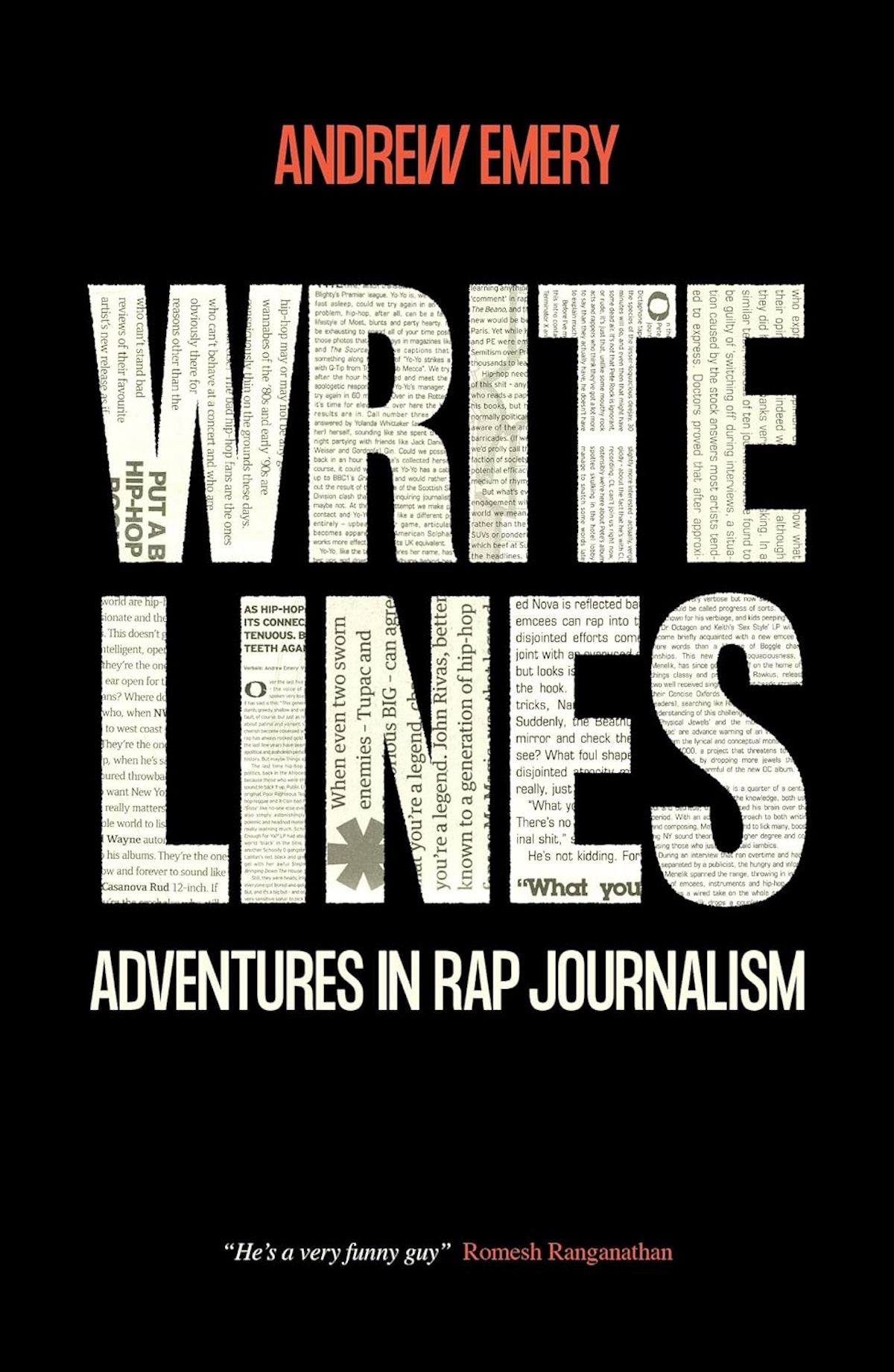 Write Lines: Adventures in Rap Journalism
Write Lines: Adventures in Rap Journalism
By Andrew Emery
THE EDITED PRESS RELEASE: “Having failed at rapping, what’s next for an endlessly passionate rap nerd? In this sequel to acclaimed memoir Wiggaz With Attitude, it turns out what’s next is a sometimes controversial career in rap journalism. Write Lines: Adventures in Rap Journalism tells the tale of hip-hop writing from the inside. From death threats, to interviewing Lauryn Hill while she’s in the shower. From calling Jay-Z a c*** to his face, to letting a notorious rapper sleep in his bath, it’s a hilarious, anecdotestudded tale that takes in hip-hop’s first ever magazine and lifts the lid on rivalries, squabbles and how music journalism really works. Brutally honest, endlessly opinionated, this story is also a love letter to hip-hop as it changed seismically through the decades. Write Lines charts those changes from the front line through encounters with many of the greats of rap: Chuck D, Missy Elliott, RZA, Eminem, Jazzy Jeff and Gang Starr among them. This is an unfiltered tale of hip-hop that is both heartfelt and scabrously funny.”
 Women Rock!: Portraits in Popular Music
Women Rock!: Portraits in Popular Music
By Philip Auslander
THE EDITED PRESS RELEASE: “Women played crucial roles in the history of rock music. Without Sister Rosetta Tharpe, a gospel-singing electric guitarist, rock might never have been born. Janis Joplin and Grace Slick were forefront in the growing hippie subculture that marked a decade. Aretha Franklin gave sound to the civil rights movement. Riot Grrrl brought forward both feminism and punk. These women are inspirational figures who have encouraged generations of girls to pursue their dreams — musical and otherwise. The profiles in this book make salient points about these women as musicians, performers, artists, and people with something to say.”
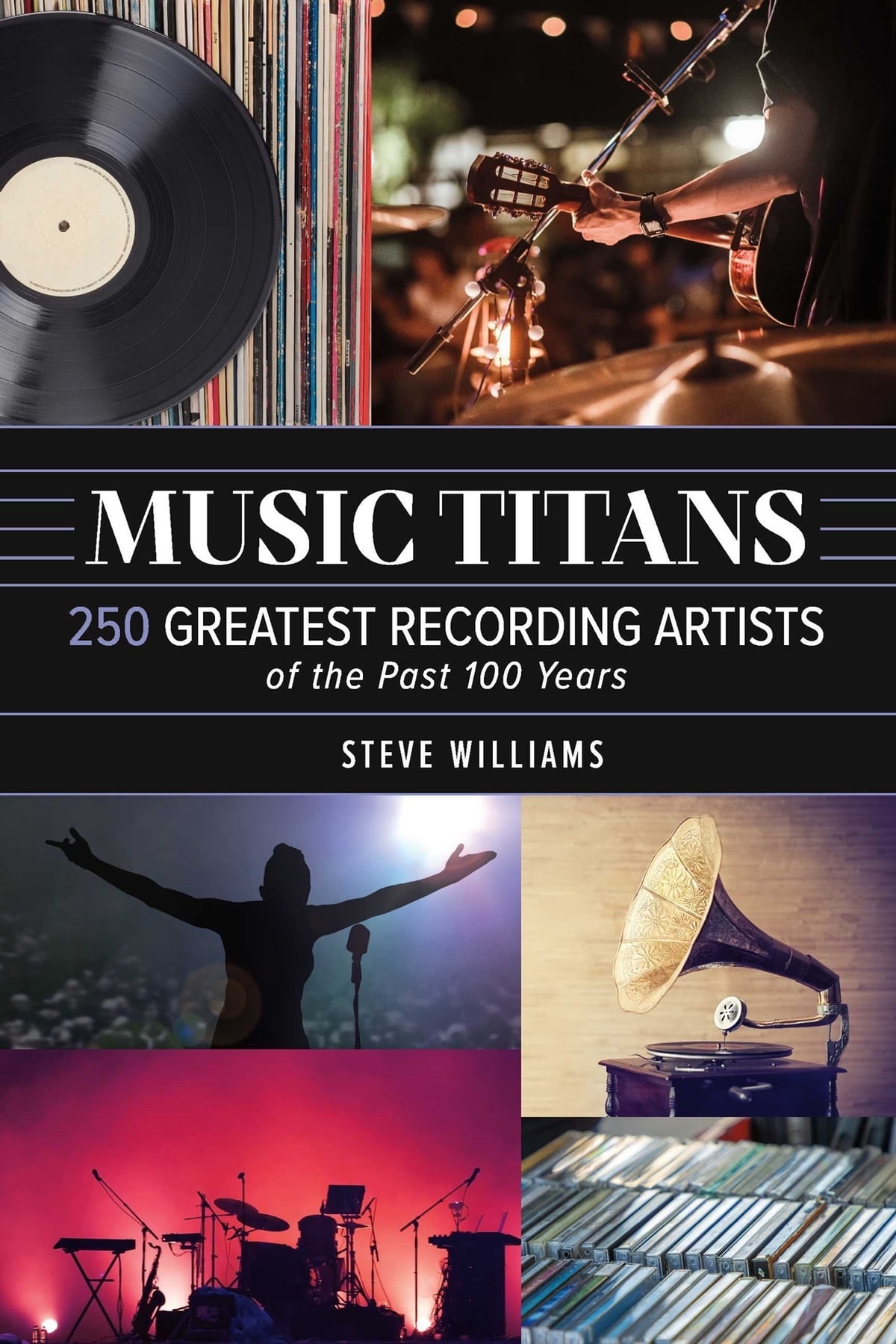 Music Titans: 250 Greatest Recording Artists of the Past 100 Years
Music Titans: 250 Greatest Recording Artists of the Past 100 Years
By Steve Williams
THE EDITED PRESS RELEASE: “Discover the most consequential music and recording artists of the past 100 years. Using a clear, well-explained metric that considers popularity, music and cultural influence, and awards won, the author sets out to list and rank the most important artists and provides arresting biographical information and cogent discussion of the music. You’ll find musicians of all genres ― rock, pop, jazz, blues, R&B, hip-hop, and more― depicted, some from a century ago, some riding high on today’s charts. Music Titans: 250 Greatest Recording Artists of the Past 100 Years celebrates the music and the artists that have moved us so profoundly.”
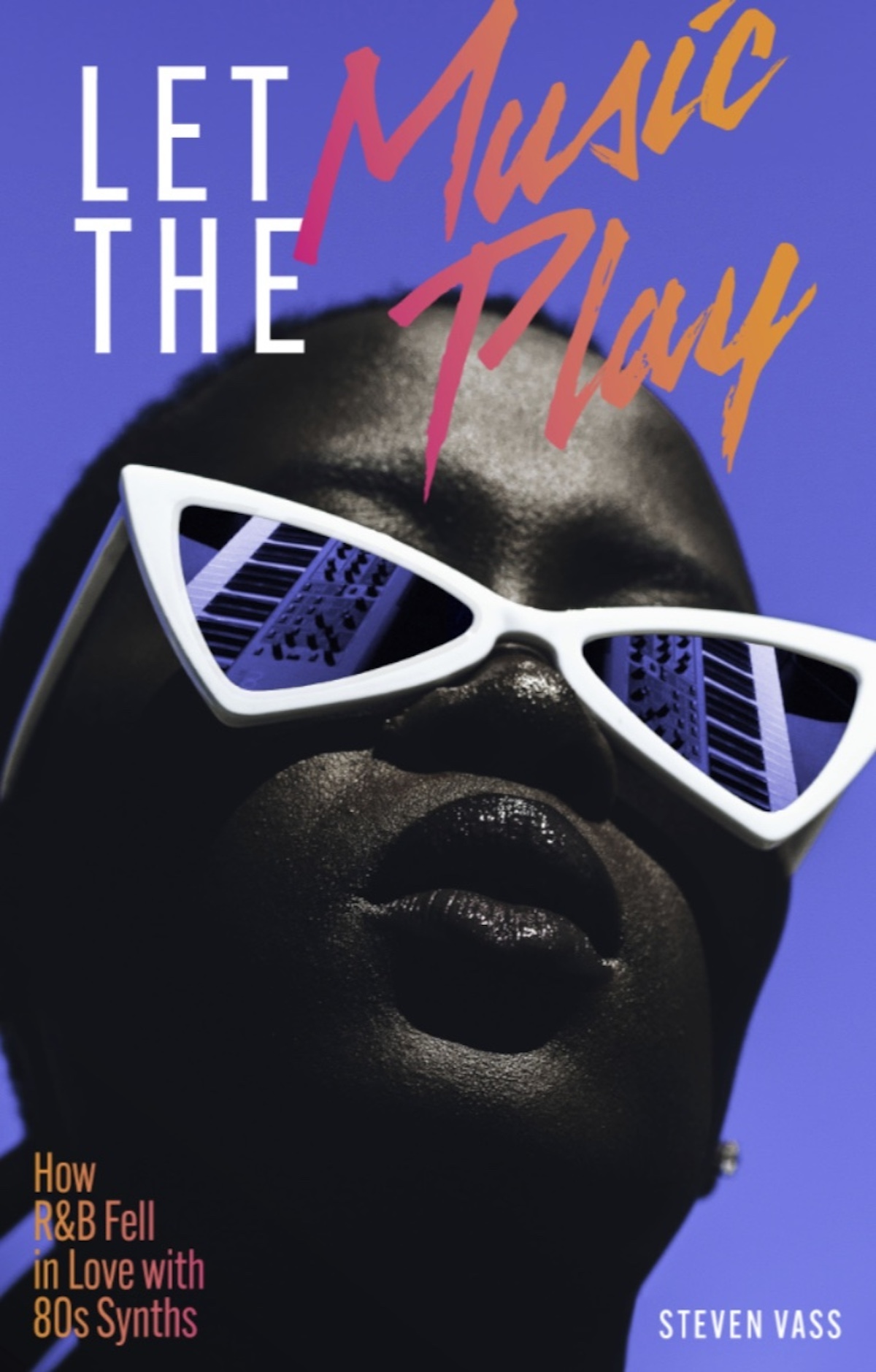 Let the Music Play: How R&B Fell In Love With 80s Synths
Let the Music Play: How R&B Fell In Love With 80s Synths
By Steven Vass
THE EDITED PRESS RELEASE: “Let the Music Play: How R&B Fell In Love With 80s Synths is the overlooked story of how R&B, disco and funk were transformed by the explosion of synths and other music tech in the era of ghetto blasters, shoulder pads and Reagan. It traces how pioneers like Stevie Wonder and Herbie Hancock inspired a new generation of black musicians and producers in the U.S. and U.K. to reinvent music using a whole new set of rules. From superstars like Prince and Sade to production geniuses like Kashif and Jam & Lewis, it looks at how sounds and genres kept adapting to each new innovation, including drum machines, samplers and digital studios. It tells the fascinating stories of the artists involved and how some of the best-loved records of the era were made — creating a blueprint for music today.”
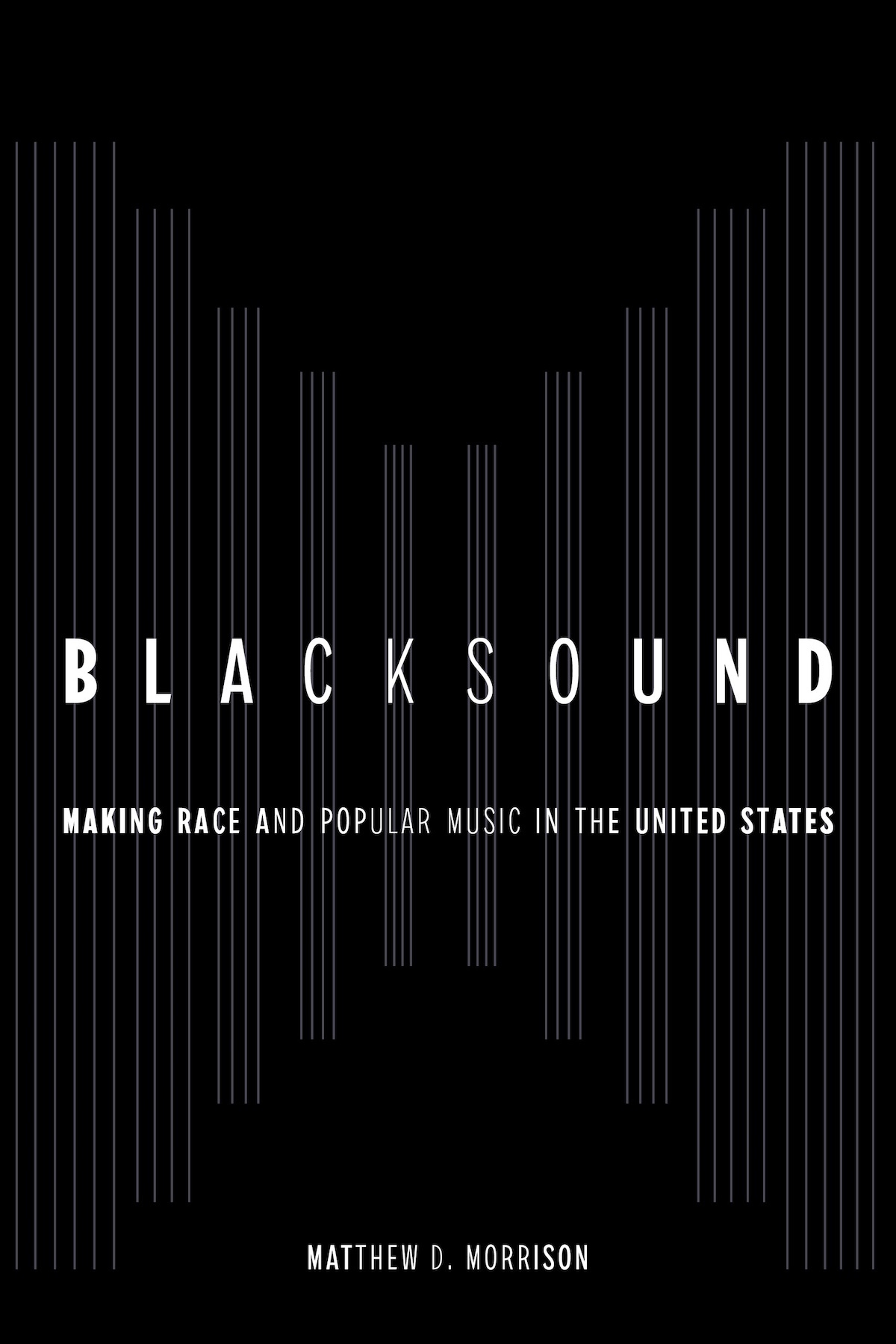 Blacksound: Making Race and Popular Music in the United States
Blacksound: Making Race and Popular Music in the United States
By Matthew D Morrison
THE EDITED PRESS RELEASE: “Blacksound explores the sonic history of blackface minstrelsy and the racial foundations of American musical culture from the early 1800s through the turn of the 20th century. With this namesake book, Matthew D. Morrison develops the concept of “Blacksound” to uncover how the popular music industry and popular entertainment in general in the U.S. arose out of slavery and blackface. Blacksound as an idea is not the music or sounds produced by Black Americans but instead the material and fleeting remnants of their sounds and performances that have been co-opted and amalgamated into popular music. Morrison unpacks the relationship between performance, racial identity, and intellectual property to reveal how blackface minstrelsy scripts became absorbed into commercial entertainment through an unequal system of intellectual property and copyright laws. By introducing this foundational new concept in musicology, Blacksound highlights what is politically at stake — for creators and audiences alike — in revisiting the long history of American popular music.”
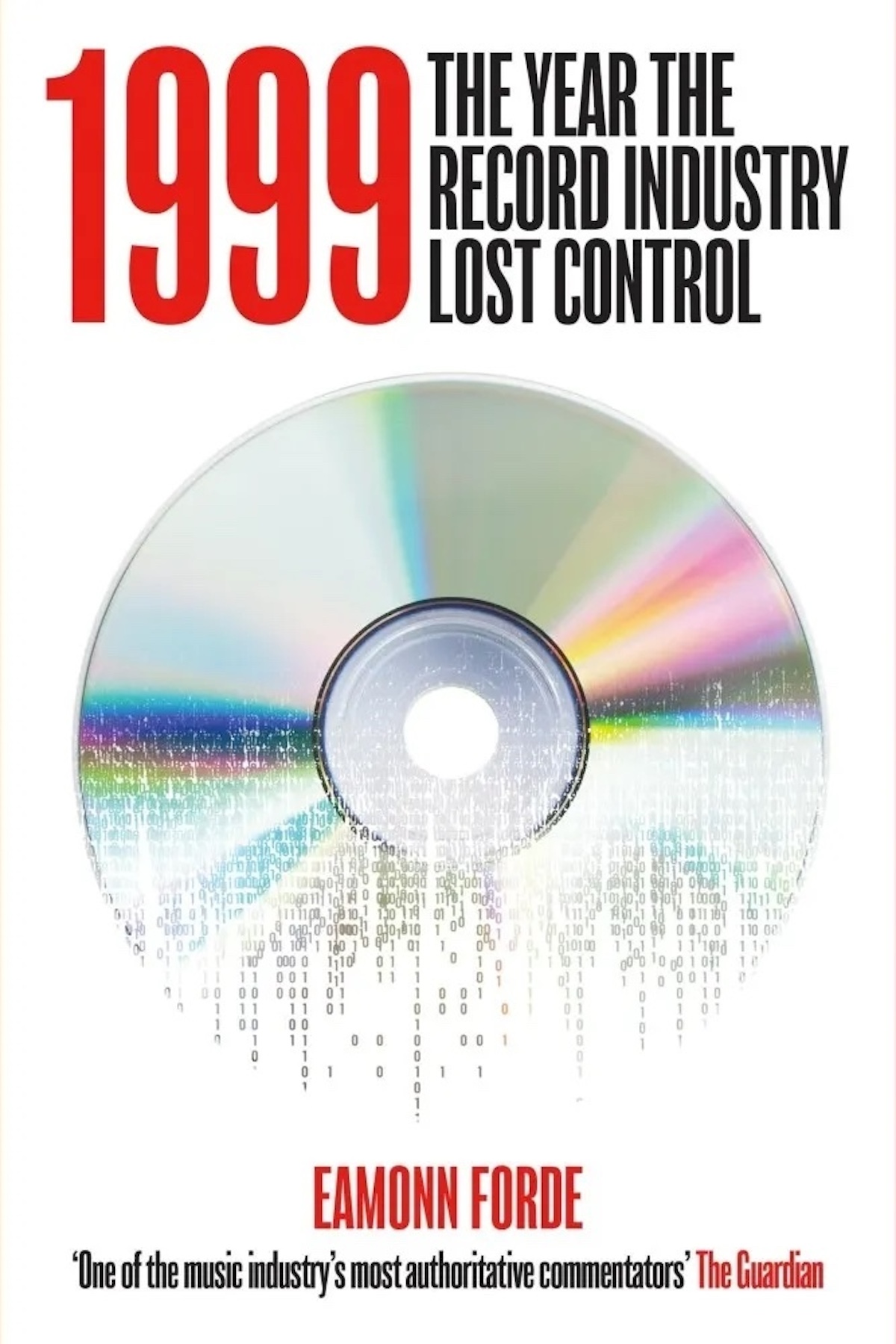 1999: The Year the Record Industry Lost Control
1999: The Year the Record Industry Lost Control
By Eamonn Forde
THE EDITED PRESS RELEASE: “It was supposed to be just another bumper year for the record business. The industry was firing on all cylinders and growing exponentially; CD was king and bringing in phenomenal sums of money. The good times, culturally and financially, were rolling. Yet by December 1999, at the dawn of the new millennium, a bomb had been set squarely under the core business — the arrival of digital as we know it today. The story of 1999 is one of control: Who had it, who lost it and who wanted more. It was a year of chaos for an industry that had shaped the 20th century, had grown complacent and was quickly having to adapt to a very different and an infinitely less certain future. It was one of the most pivotal, lucrative, exciting and turbulent years the record business has ever experienced. And this is how it happened.”


